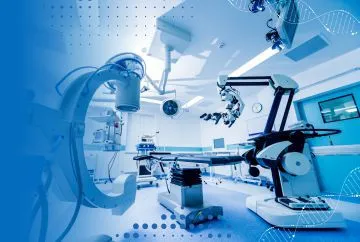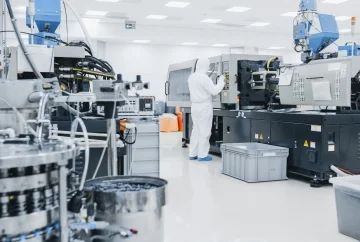For a heavily regulated industry that must follow regulatory guidelines from bodies such as the FDA (in the US) and the MDR (in the EU), the product introduction process involves months of meticulous planning and documentation for compliance purposes. These companies invest billions in bringing a product from conceptualization to market. For instance, companies involve almost a quarter of their staff in the NPI process, and despite that, just 50% of their products meet all the success criteria. Additionally, 69% of new products are late to the market, and the average schedule overrun is 25%.
McKinsey states the hesitance of medical device manufacturers in embracing technologies such as automation, data management, and analytics to be a reason for delays and failures. The same report also mentions how the medical device industry has lagged in adopting comprehensive product development processes—thriving in a fast-paced, rapidly evolving market warrants the need for successful NPI processes with minimal waste, greater efficiency with higher margins.
NPI in Medical Device Industry and Data Management
NPI (New Product Introduction) is a series of procedures that map everything from product ideation and design to its launch. It spans multiple internal divisions and third parties. Such product development lifecycles involve numerous stakeholders, such as R&D, product design, manufacturing, suppliers and contract manufacturers, compliance and legal, and more.
Each department uses separate systems, such as CAD, CAM, PLM, MES and spreadsheets to manage their information. This challenge is exacerbated with mergers and acquisitions, which bring in yet more systems and islands of master data. Conventional ERPs aren’t equipped to integrate such systems and merge their data on a single platform in a standardized format. Such systems are often ill-equipped to handle automated validations, quality checks, audit trails, or phase-gated change management workflows.
As a result, data lives in silos, which affects data quality, collaboration and limits traceability. Medical device manufacturers need a data management platform that can eliminate these silos, aggregate data from multiple sources and store it in a manner that’s easy to use, and track data throughout the development lifecycle — from ideation and product design to post-market surveillance. That’s where an MDM (Master Data Management) platform can help.
Key Data Management Considerations Across the NPI Process
A solid NPI process can reduce the time-to-market, lower costs, improve product quality, and simplify the manufacturing of medical devices. However, the success of an NPI process vastly depends on automatically integrating data from all the systems, data sources, divisions, and third parties to form a single source of truth that facilitates open data sharing with all the stakeholders involved in real-time.
Using MDM, medical device companies can consolidate and share relevant master data throughout the product development lifecycle, which reduces the risks of data silos, inconsistencies, and redundancy. Let’s explore each step of the NPI process to understand how MDM can help.

Product Ideation
In the product ideation phase, companies define the business and functional requirements of a medical device. This stage involves extensive market, competitor, customer, and industry standards research to determine the problem to be solved. Simultaneously, it involves conversing with various stakeholders, such as doctors, nurses, patients, and sales reps via emails, calls, and in-person interviews.
Traditionally, this treasure trove of information is documented in spreadsheets or CRMs (or both), resulting in disorganized, duplicate data. Often, some conversations aren’t recorded, and in other cases, the documentation isn’t shared with other departments, complicating the product analysis process. This is a data consolidation and workflow challenge, which MDMs can resolve by building a central data repository with any time, anywhere access to the right people.





